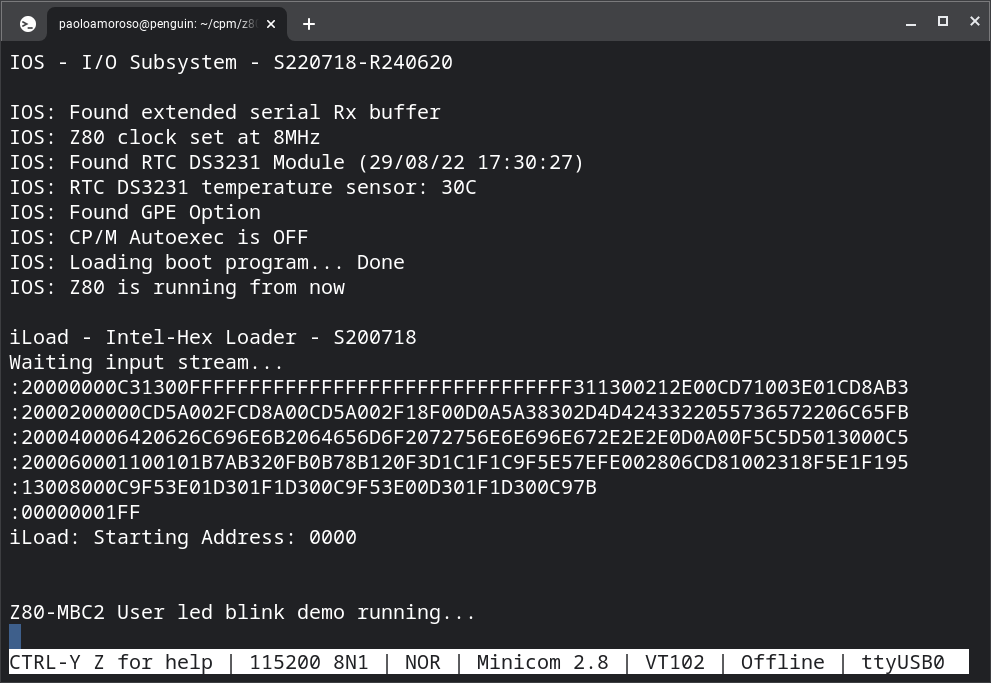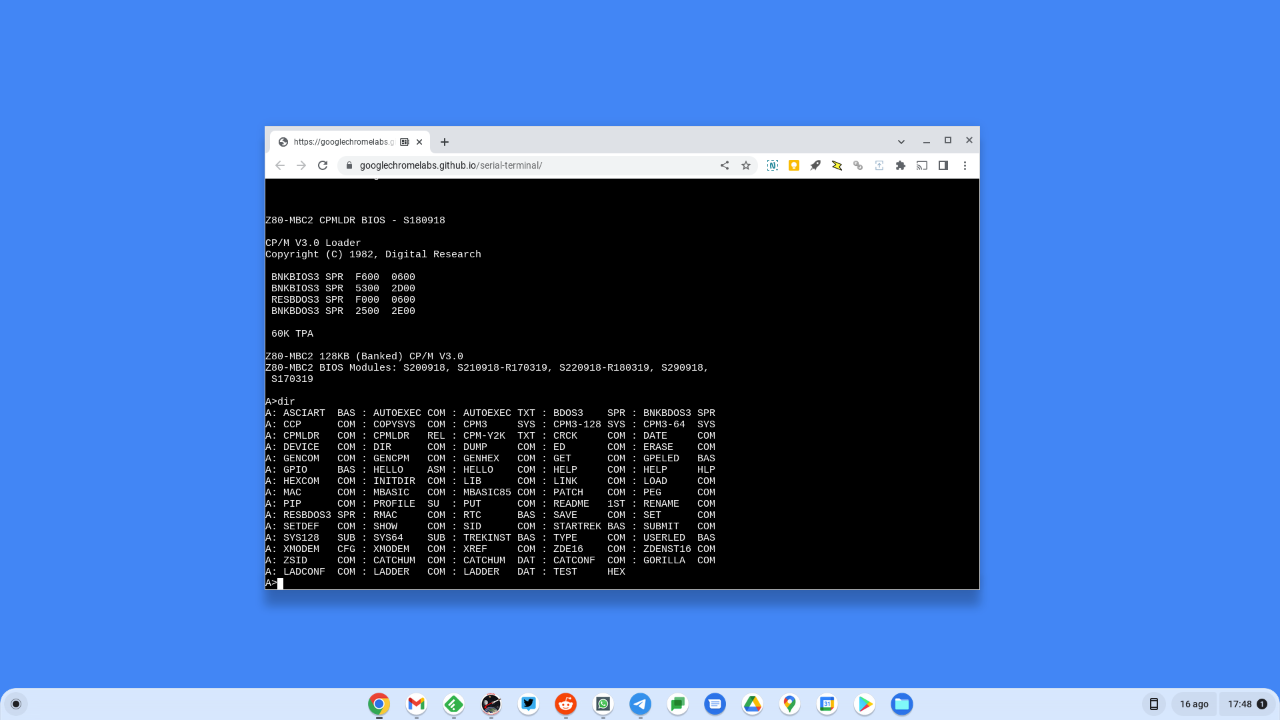Why I use a Chromebox
Chromebooks are mainstream but many people don’t grok Chromeboxes.
Some wonder what’s the point of Chromeboxes and what to use them for, especially high-end units. People seem to assume Chromeboxes are good only as kiosks or for who knows what uncommon use-case.
This is the main unit of my ASUS Chromebox 3:
I chose a Chromebox because I nearly never need to move my primary desktop device. And I want the most high-end unit I can get my hands on to do the same stuff cheap Chromebooks can do, but faster.
Let me elaborate.
First off, in 2015 I switched to using exclusively chromeOS on the desktop and ditched traditional desktop operating systems such as Linux or Windows.
Therefore, for me the choice is among the form factors of chromeOS desktop devices: Chromebook (laptop), Chromebox (fixed desktop system), or Chromebase (think iMac for chromeOS).
I went with a Chromebox as my daily driver because I work with it at the same desk 99.999% of the time. Since I nearly never need to move the device, not even to a different room or chair, I want the best experience with a large monitor, a full-size keyboard, a mouse, and wired Ethernet. I could plug these peripherals into a Chromebook but it would introduce friction, take up additional desk space, and cost more.
Here's the workstation of my ASUS Chromebox 3.
I got the most high-end Chromebox available at the time I researched it, i.e. an Intel CORE i7 ASUS Chromebox 3 with 16 GB RAM and 256 GB storage. Why? To run exactly the same software that works on cheap Chromebooks, but with a snappier and more responsive experience. If you're old enough to remember MS-DOS, it’s the same reason people got 80386 PCs when the same software ran just fine on 8088 PCs.
Why not a Chromebase? Because I want to be able to upgrade different parts of the system separately, such as changing only the monitor.
As for software, I use mostly web apps and they work great on chromeOS as this is the use case the platform was designed for. Installing Android apps on the Chromebox fills a few gaps in my needs for which no web alternatives are available. Crostini Linux is invaluable in running specific and niche software.
I happen to have a Chromebook too, a Lenovo Yoga N26. I use it for experimenting with Chrome OS and on the — very rare — occasion I need the mobility of a laptop.
Discuss... Email | Reply @amoroso@oldbytes.space





